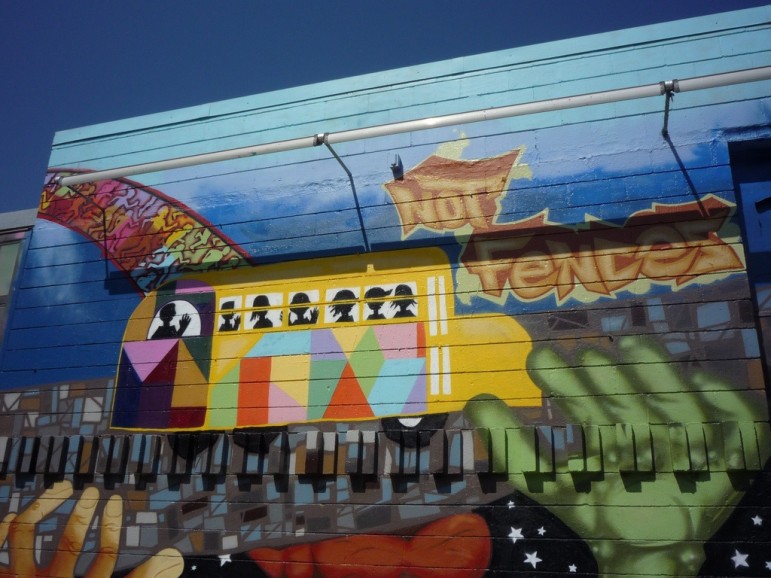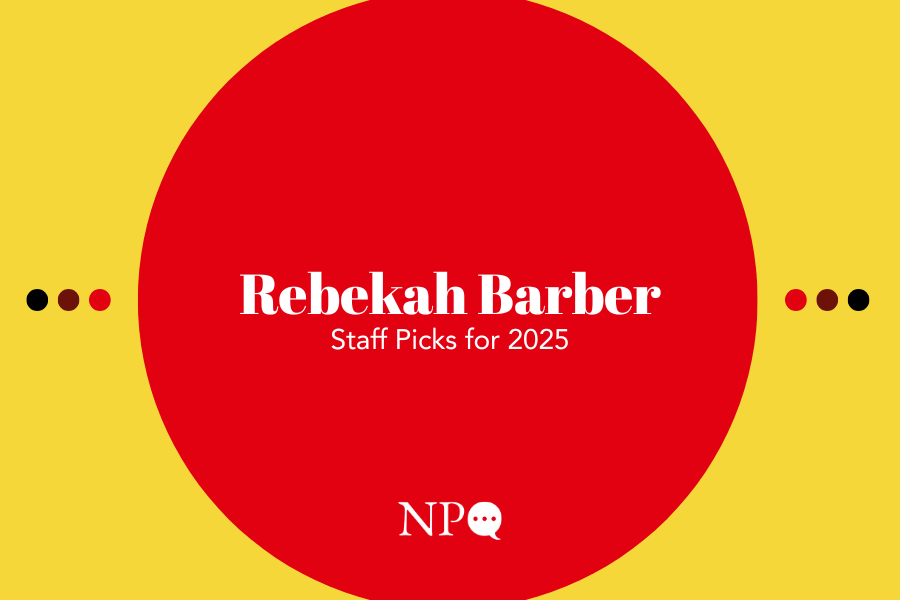
August 26, 2015; Minnesota Public Radio News
In the city of Minneapolis, an experiment in civic engagement that “embeds” community artists in city planning departments is bearing fruit. Artists, it appears, have a knack for breaking down barriers and drawing residents into conversations about community assets and needs. What began as a one-year demonstration project between the city and Intermedia Arts, funded by ArtPlace America, is now a “multi-year arts-based innovation initiative” known as Creative CityMaking Minneapolis, supported by the Kresge Foundation as well as federal and city funds.
Nine experienced community artists with local ties recently were assigned to five departments that have city-planning responsibilities. The goal of this new phase of work, as described on the Creative CityMaking page of the website for Intermedia Arts, is “to deepen the understanding of how arts-based engagement approaches can strengthen connections between City government and the communities the City serves.” The demonstration project yielded some impressive results. For example, artists E.G. Bailey and Sha Cage worked in the Cedar-Riverside area, where both once lived and still spend a lot of time. The artists helped transform what might have been a bureaucratic information-gathering exercise into a survey that ultimately engaged more than 1,900 residents in identifying the community’s assets—“from gathering places like parks and schools to informal networks of people.” The approach developed by Bailey and Cage was to create a hand-drawn magazine, with features like an interactive map of the world that allowed participants to show where they came from, rather than just checking off a box. Of those 1,900 participants, 90 percent said they had never before participated in a city planning process.
While MPR News reports that Minneapolis has been fielding calls from other cities interested in the Creative CityMaking model, examples abound of other civic and business initiatives where artists are sparking new approaches to community engagement and problem solving, including several previously covered by NPQ:
Sign up for our free newsletters
Subscribe to NPQ's newsletters to have our top stories delivered directly to your inbox.
By signing up, you agree to our privacy policy and terms of use, and to receive messages from NPQ and our partners.
- The City of Chester, Pennsylvania, recently had help from artists in mapping its cultural assets.
- Last fall, ArtWorks Cincinnati partnered with the city’s transit agency, Cincinnati Metro, to build a sense of community through a project led by New York photographer Richard Renaldi.
- In June, Bloomberg Philanthropies’ Public Art Challenge announced it would fund four art projects aimed squarely at addressing urban issues, ranging from environmental concerns to public safety, vacant homes and downtown redevelopment.
- In Philadelphia, a project known as Next Stop: Democracy funded by the Knight Foundation aims to determine if visual and performing artists can generate enthusiasm and increase the turnout for Election Day this November, when the city will choose its next mayor.
In an article published last summer, San Francisco Chronicle reporter Meredith May observed:
Traditionally, subsidized art residencies are offered by privately funded colonies where artists live, work and eat together for weeks at a time. But the options are now widening as businesses and civic groups discover that artists create a buzz and push company creativity.
That article focused on California businesses that have begun to offer artist residencies, including the Fairmont Hotel, resource recovery company Recology, three Sonoma County vineyards, and software company Autodesk. It also demonstrated the benefits to artists and their art of working in different environments and/or with different types of technologies. As noted by Kary Schulman, director of San Francisco’s Grants for the Arts program, “Everything old is new again. Michelangelo was the artist in residence at the Vatican for a while, and he got a stipend, now Autodesk is doing the same thing.”
What’s happening in your city? NPQ would love to hear other examples of artists who are helping to shape conversations about urban life or spark creative solutions to societal issues.—Eileen Cunniffe











